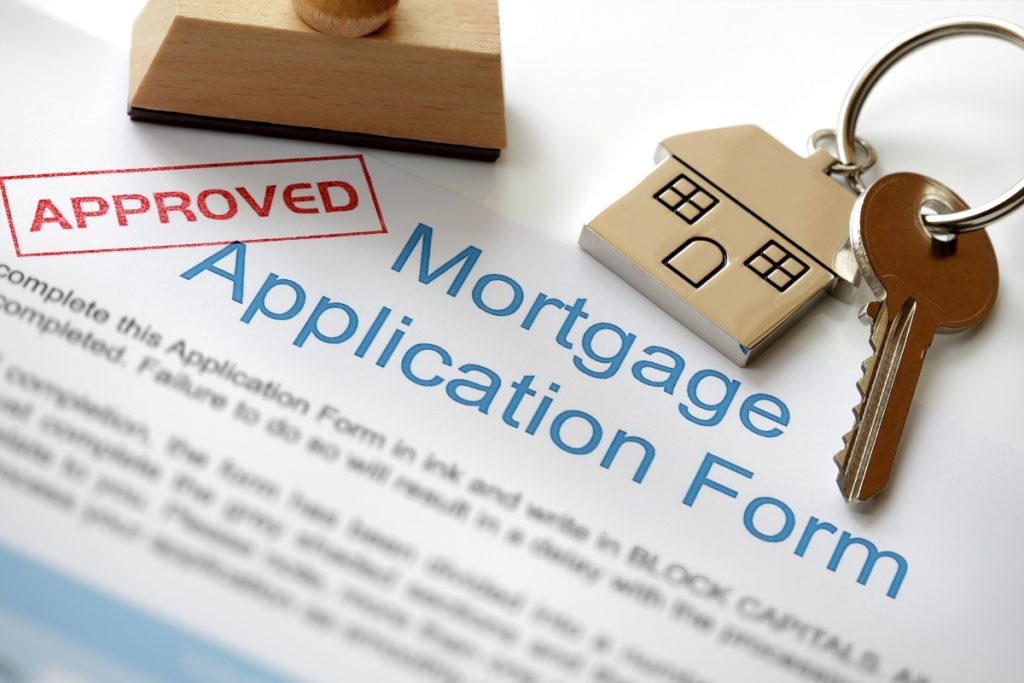Home ownership is difficult to attain in the Beehive State, and the most affected individuals are those with low income. Thankfully, severely cash-strapped borrowers can seek assistance from Uncle Sam through government-backed financial products, including USDA loans in Orem, Utah.
Issued through the USDA Rural Development Guaranteed Housing Loan Program by the United States Department of Agriculture, these loans are specifically designed for rural and suburban homebuyers. These subsidized financial products are mysterious to many Utahns, which is why they’re often misunderstood.
To fully appreciate what USDA loans are, let’s dispel the most common misconceptions about them.
They’re Applicable to Farmland Only
It’s easy to think that a loan program offered by the USDA is exclusive to farms, but it actually issues mortgages to be used for purchasing primary residences. Generally, the pieces of properties that qualify for USDA loans are found in rural locations, but some suburban houses may also meet the program’s requirements.
They Require Money Down
USDA loans are some of the remaining mortgages on the market that involve no down payment. They include closing costs, though, which can vary from lender to lender. But you can gift funds to cover the upfront expenses. Just accompany your loan application with a gift letter from the donor and proof of transfer.
They Have Private Mortgage Insurance
No, you don’t have to pay for PMI by getting a zero-down USDA loan. However, this program comes with USDA mortgage insurance, which you can pay in two ways: as a one-time guarantee fee equal to 1% of the loan or as an annual fee equal to 0.35% of the loan.
Also known as the USDA funding fee, a one-time guarantee fee is paid at closing but is usually rolled into the loan. The annual fee, on the other hand, is added to the monthly payment and is payable until the loan matures.
They Disqualify Low-Credit Borrowers
A USDA lender doesn’t look for individuals with stellar credit standing nor discriminate against those with a credit score of 640 or below. However, a hard inquiry is part of the qualification process. A USDA lender wants to see an acceptable credit history with 12 months of no conversion of accounts to collections.
Furthermore, a USDA lender requires a borrower to have reliable income over the past 24 months. The debt-to-income ratio is among the important criteria. The projected mortgage monthly payment shouldn’t exceed 29% of the borrower’s gross monthly income and other monthly debt payments shouldn’t account for more than 41% of the pie. Borrowers with a credit score of 680 or higher may be given with laxer debt-to-income ratio requirements.
They Need to Be Paid Back in a Short Period
USDA loans are fixed-rate mortgages payable in either 15 or 30 years. Thanks to government subsidies, these financial programs come with lower interest than conventional loans.
They Limit Property Options

These loans can only be used for primary residences, which means they can’t be utilized to buy income-producing properties, such as multi-family dwellings, owner-occupant or not. Each qualified borrower can take out a USDA loan to buy any acceptable property, including foreclosed houses, short sales, and modular homes.
USDA loans are quite straightforward, but it pays to discuss your situation to the right lender to get all of your questions answered. If you qualify, you can set your property purchase in motion ASAP to finally realize your American Dream.


